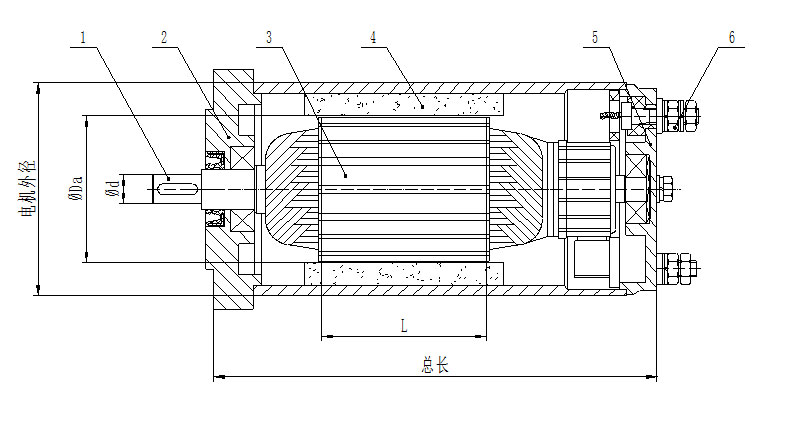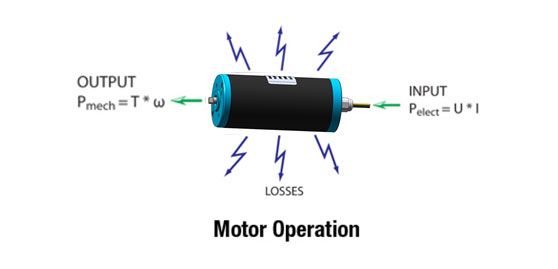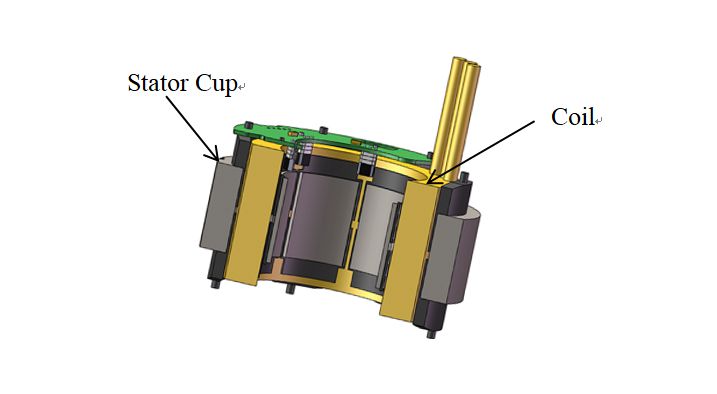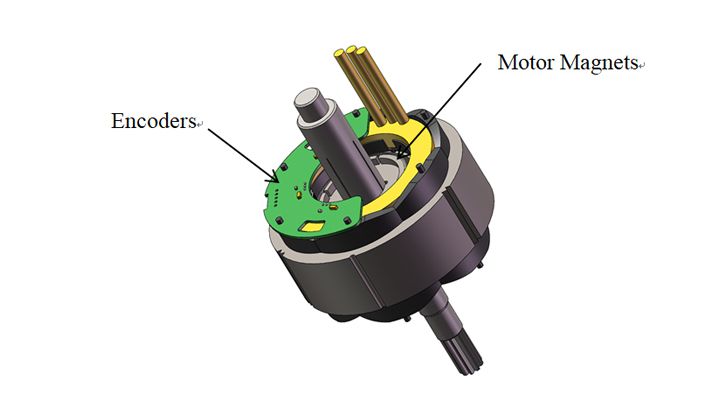Motor Selection Guide
Define Your Motor Technical Requirements
- Daily operating hours
- Frequency of starting and stopping, and time intervals
- Uni-directional or bi-directional operation
- Torque
- Speed
- Operating temperature
- Conditions of installation position (e.g. heat dissipation)
Select Your Motor Type
- According to the characteristics of the load, determine the rated voltage, output power, torque and speed of motor output shaft end (1), as well as the shaft diameter and connection method;
- Determine whether the output shaft end needs to be fitted with seal, are there any special requirements on shaft material;
- The power of motor is determined primarily by inner diameter of stator (4) and rotor core length, these two values also determine the outer diameter and total length of the motor;
- Take the application environment into consideration, determine the protection class, sealing method between shaft end (1), stator (4) and brush cover (5), surface protection method, and the connecting method of lead wire (6);
- Determine the motor duty cycle according to the operating method of the load, it can affect the outer diameter and total length of the motor;
- As per your request, DC motors can be configured with reducer, brake and encoder optionally to meet diverse operating conditions;
Technical Know-How of Electric Motor
- Power
- The power of a DC motor is the product of its torque and speed. The speed of DC motor is the key factor that determines the power density, the higher power density can be obtained by increasing the motor speed. With optimization design, the power density of permanent magnet DC motor can reach 0.4kW/Kg.
- Speed
- The rotating speed of an electric motor depends on load, the higher the torque, the slower the speed. Torque and speed are two key factors for motor selection. The highest speed of DC motor can reach over 10000r/min. By utilizing speed reducers with different gear ratios, the output speed of motor can be appropriately reduced.
- Precision & Accuracy
- DC motor features good voltage, speed and torque behavior. In general, the motor speed error is within ±8% at a certain torque. For higher precision demand, the motor can be configured with encoder to fulfill the precision control needs. Motor brake can be also added for an emergency stop.




